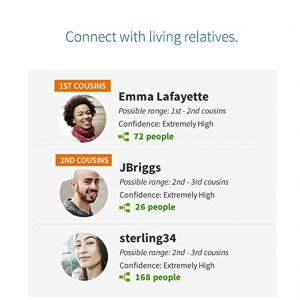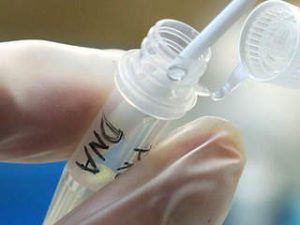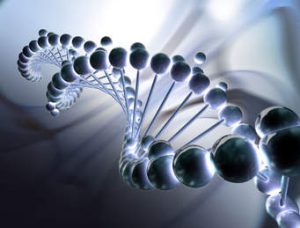As genealogist we tend to collect gobs of pictures and other paper documentation and organization is something that takes time, planning and skill. We’ve all had those ah ha moments when we wish we had done it differently. I have taken the suggestions of other genealogist and things they have learned from their mistakes and put them together to help you get organized, whether you are just starting, or if you have been at it for awhile, there are some super suggestions here that might help you in in organizing digital photos. Getting organized is something that is paramount as a genealogist.
GET started now, because a pile of papers that are not organized may just go in the trash after we die. Get it organized and give it to a library or other repository as well as any family that are interested!
PHOTOS
WHERE DO YOU START
First and foremost…get all your pictures in one place. I recently watched a youtube video that gave some good suggestions as to how to do this. You have your originals, plus you have all those on your computer that could be scattered all over the place.
I started with my online photos first so I will talk about online methods in this post and we will talk about what to do with all those boxes and boxes full in another post.
There are all kinds of different ideas and methods out there and the BEST one is the one that WORKS best for you. If you have a good method already and you understand it and feel comfortable with it there is no need to change. If you are just starting out and you are overwhelmed and frustrated with your system, you might want to try some of these ideas. I recently had to get a new computer and found myself very frustrated with learning Windows 10. I couldn’t find any of my pictures. I was so frustrated and spent way too much time trying to locate pictures that I knew I had. The new computer wouldn’t accept some of my files, and I couldn’t use my old software. This caused me to look for a better way.
WHAT I DID
FOR FILES ALREADY ON THE COMPUTER
What I finally ended up doing is to get all my pictures in one place. Though I had organized most of my family pictures into files by name they were still a bit mixed up. All the family pictures go into a folder named FAMILY. I have main folders with the SURNAME, for instance in my case, PIERCE, NUTSCH, BLUM, MCCOLLUM….Sort of like you are building a tree. Then I made a file folder for each individual and couple within the main folder. PIERCE…Starting with my DAD, CECIL…then his children CHARLINE, JEFF, SUSAN, then their children… etc… I then made a folder for my grandfather, VENUS PIERCE, and a folder for each of his children and so on. JOHN, CLIFF, CAROL, CECIL would go into his fathers folder. Cecil’s children, would go into CECIL’s folder and so on. Then I sorted all the pictures into their individual files.
- Step one was to get all the family photo’s into the FAMILY folder.
- Step two was to move the photo’s into the appropriate SURNAME folder.
- I would then go back and divide them into their INDIVIDUAL family folder and so on.
So ALL of CECIL’s pictures, his children, his grandchildren, and great grandchildren would go into CECIL’s folder to start with. I would then go to Cecil’s file and move all of CHARLINE”s children, grandchildren, etc, into her folder. Then I would go back and move the children’s pictures into their individual folder…VENUS, SOAN. Then I would move the grandchildren into their individual folder. (ARE YOU WITH ME?) Basically you are using your pedigree for guidance. If there were pictures with more than one person in it I would include a “Cecil’s Family” or CECIL and PEGGY family so as long as you know what family they belong in you will be able to find them
Group them by 4 ancestral lines: your maternal & paternal grandparents (I guess 8 if you have hubby’s too) Then group within that by the direct ancestor. You could make a real or digital scrapbook page with a story or caption, or a PowerPoint slideshow if you wanted to do something off line.
The only real problem I have had with this system is that you have to click through a lot of folders to get to the one you want, but you could split them up so that wasn’t a problem if you wanted.
FILE NAMES
One member suggest that you put the names of people who are in the photos in the filename. Also, be consistent about maiden names even after they are married to avoid duplication.
Use a consistent method of naming files in all your directories and devices in order to access them easily.
Except for hyphens and underscores avoid punctuation such as commas as these can mess up some file manager programs and the files will go bad.
A good practice is to name them with the SURNAME of the primary person in the photo, followed by others in the photo. This helps make sorting easier.
Put the surnames in ALL CAPS to make for easier browsing.
Underscore the separate pieces of info that are different subjects.
example: PIERCE John and wife JOHNSON Alice_wedding photo_date
OH THE DUPLICATES
We often end up with duplicates. Some say delete duplicates, some say don’t. I rename the photo with a number behind it. Often times you will find it helpful to add a duplicate to another folder so it is easier to access. For instance a family photo that has a group of people in it can be added to each individual’s file folder. If I have group photo’s I mostly just leave them in the most appropriate family folder. ALWAYS, ALWAYS, ALWAYS, NAME your photo so that anyone can recognize it!! Someday you will be gone and you want people to know who that photo is of.
PAPER OR DIGITAL
Lots of people say that they don’t want to save paper anymore. I have thoughts on that, naturally, but I do both. I have extensive paper files, but, everything I have is duplicated in my digital files. I have seen many a computer thrown in the trash by relatives of a genealogist because they didn’t know how to get into it or because they didn’t really know that it was loaded with years of research. I want my research in lots of different places so that my appointed people must trip over it as well as seek it out on my computer which, hopefully, has a an updated format. Each of us has to decide for themselves how they want to maintain their research but I suggest that you keep it in many, different places and formats and also designate who can get to it after you die and give them the passwords.
One of my biggest fears is that my kids, who aren’t really interested in the history, will throw out my 50 years of research as “junk” because they don’t want it. My niece, promised me that she wouldn’t let them! I asked her if she wanted it and she said no…but I won’t let them throw it out! I have left instructions with my kids that if no one wants it to donate the BLUM family history to the Plankinton, SD Historical Society. The NUTSCH family is to go to the Washington Co., Kansas society. I have yet to conclude as to what to do with the PIERCE and McCOLLUM family as they were EVERYWHERE. However, the Pierce family beginnings were mostly from Smyth CO, Virginia and the McCollums from Randolph, NC. so they could possibly go there. The point I’m getting out is to have a plan so someone doesn’t load up your years of hard work and take it to the river which is what happened to a lot of my grandmother’s things.
THINGS I WISH I’D KNOWN
Having scanned thousands of family photos, I can offer a few things that I wish I’d known before I started!
1. If there is writing on the back, make a copy (not a scan) of that, then scan it along with the photo, as close to the photo as possible so you can crop it as part of the photo, then you won’t have to try to figure out which back goes with which photo, if they get separated as many of mine did when my photo program decided to shuffle them like a deck of cards!
2. If your scanner allows you to name them, do that as you scan.
3. If you’re going to remove photos from an album to scan or to move them into archival albums, either scan or take a photo of each page, then you can put them back in the same order, someone put them in that order for a reason!
4. Last, an easy way to share them with family is to start a Facebook page just for family and invite everyone who’s part of that family, then ask them to invite other family members that you may not know. By doing that, I’ve gotten many unidentified photos identified, have gotten a lot of great family stories about the people in the picture, and met cousins I didn’t know before!
Remember, your files and scrapbooks, or boxes of photos will not be just for you. Someday, someone will have to go through them. If your filenames don’t make sense or don’t clearly tell who is in them, future family members might just delete them, or throw them out thinking they are the usual junk photos that people nowadays accumulate on their devices. With NAMES in the filename people are more prone to notice and save the files.
So let’s get organized starting with what you have on your computer now. In my next post I will give you some tips on scanning and organizing those pictures in the old family albums and boxes. If you enjoyed this post or have some ideas that you would like to share, please leave me a comment below and let us hear from you.
Happy Hunting
The Pierce Family Historian

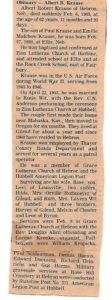 Know What You Know
Know What You Know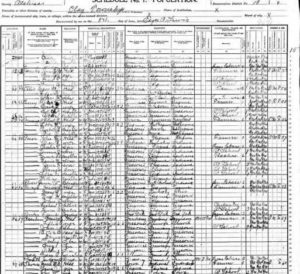 TAKE NOTES
TAKE NOTES


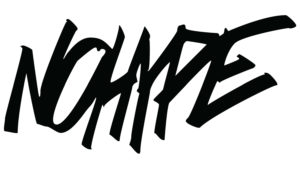

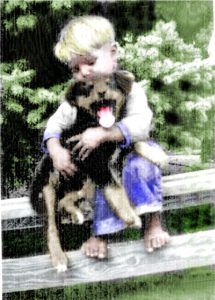 ancestors.”
ancestors.”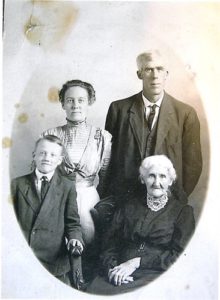
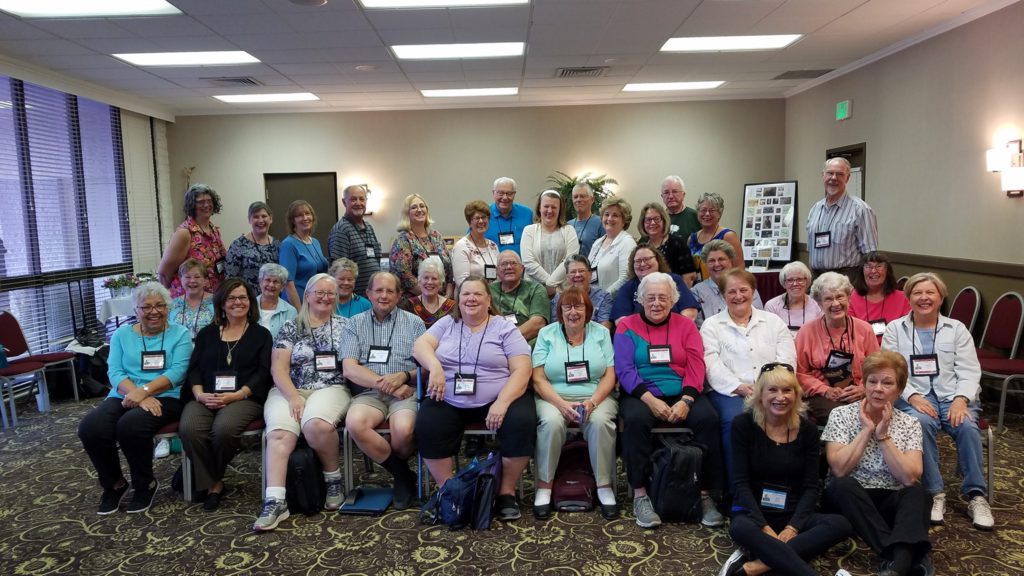
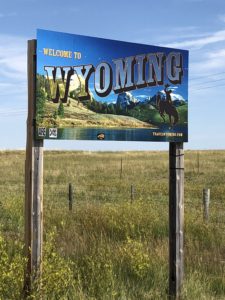 My reservation was for Monday the 10th of September, and from my home in Kansas it was a 14 hour drive to Salt Lake, so I took off on the 8th and headed west. I stayed my first night in Laramie, Wyoming, at a Super 8…which was only 54.00 for the night. I do love the freedom of traveling alone! I made it to Salt Lake on the evening of the 9th where Jan was waiting for me, though my drive through the mountains gave warning that there was a problem with the brakes on my car. I was up and ready early on Monday morning. Registration and dinner wasn’t until 4. This gave me time to get my car into the shop and feel more confident about the safety of my vehicle before the end of the week when I would take off on the second half of my trip. (will write about that in my next post)
My reservation was for Monday the 10th of September, and from my home in Kansas it was a 14 hour drive to Salt Lake, so I took off on the 8th and headed west. I stayed my first night in Laramie, Wyoming, at a Super 8…which was only 54.00 for the night. I do love the freedom of traveling alone! I made it to Salt Lake on the evening of the 9th where Jan was waiting for me, though my drive through the mountains gave warning that there was a problem with the brakes on my car. I was up and ready early on Monday morning. Registration and dinner wasn’t until 4. This gave me time to get my car into the shop and feel more confident about the safety of my vehicle before the end of the week when I would take off on the second half of my trip. (will write about that in my next post)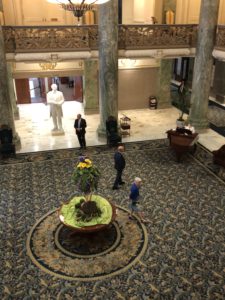 begin our search.
begin our search.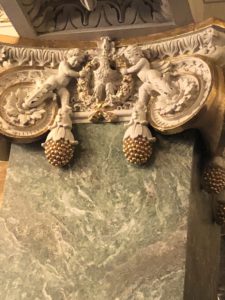
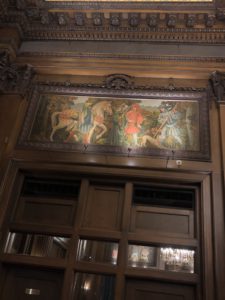
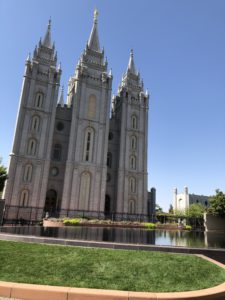
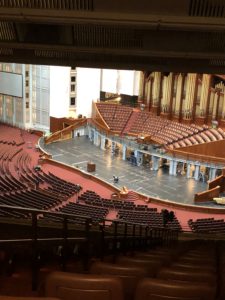
 pole. Simply amazing!
pole. Simply amazing!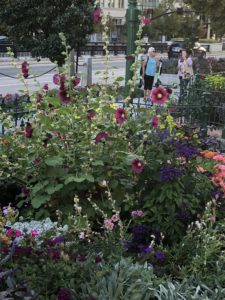
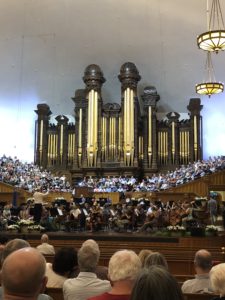 Friday the researchers didn’t come in until 2…so Jan and I went to the library for awhile in the morning and then took some time to walk the downtown mall area and have some lunch. That afternoon I had three researchers team up with me and we worked until 5 to no avail. These guys are definitely aliens. I was so tired when I got back to the room I laid down on the bed and fell asleep exhausted. It really hurts to use the brain that much.
Friday the researchers didn’t come in until 2…so Jan and I went to the library for awhile in the morning and then took some time to walk the downtown mall area and have some lunch. That afternoon I had three researchers team up with me and we worked until 5 to no avail. These guys are definitely aliens. I was so tired when I got back to the room I laid down on the bed and fell asleep exhausted. It really hurts to use the brain that much.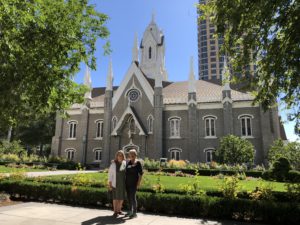
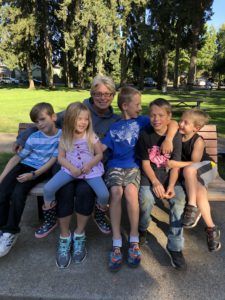
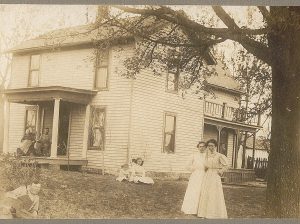
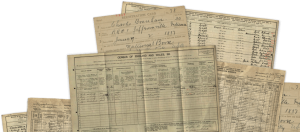





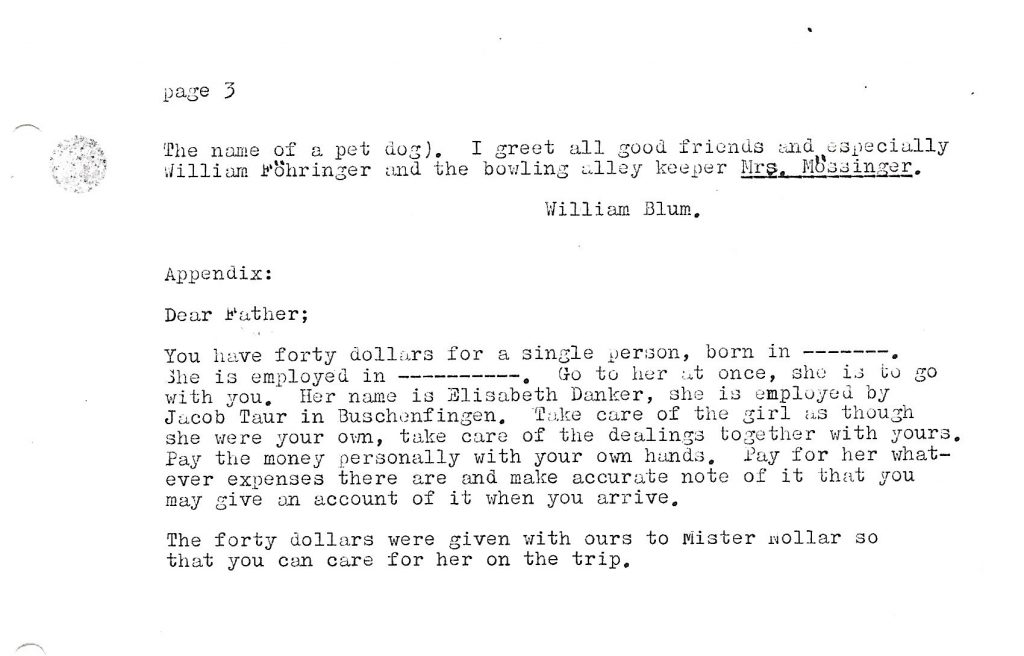
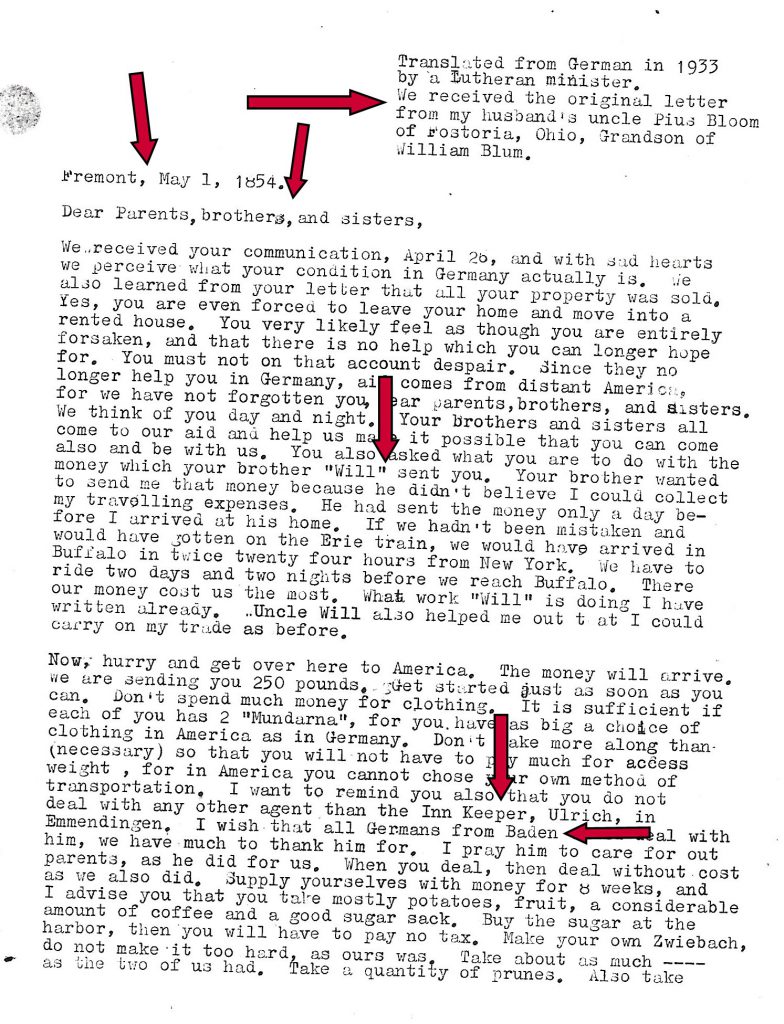
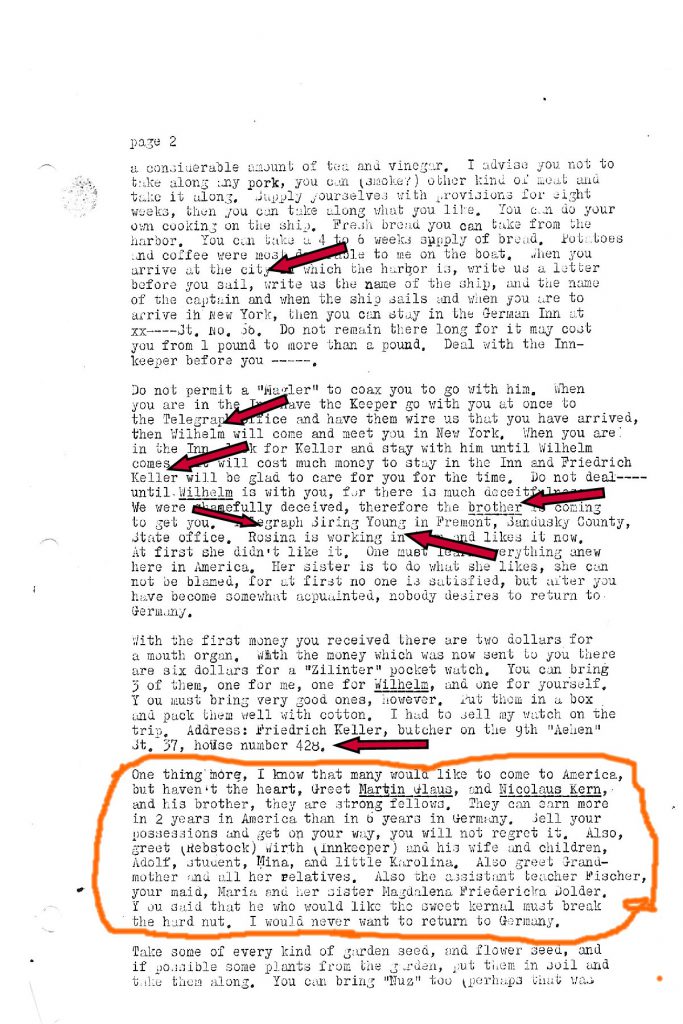
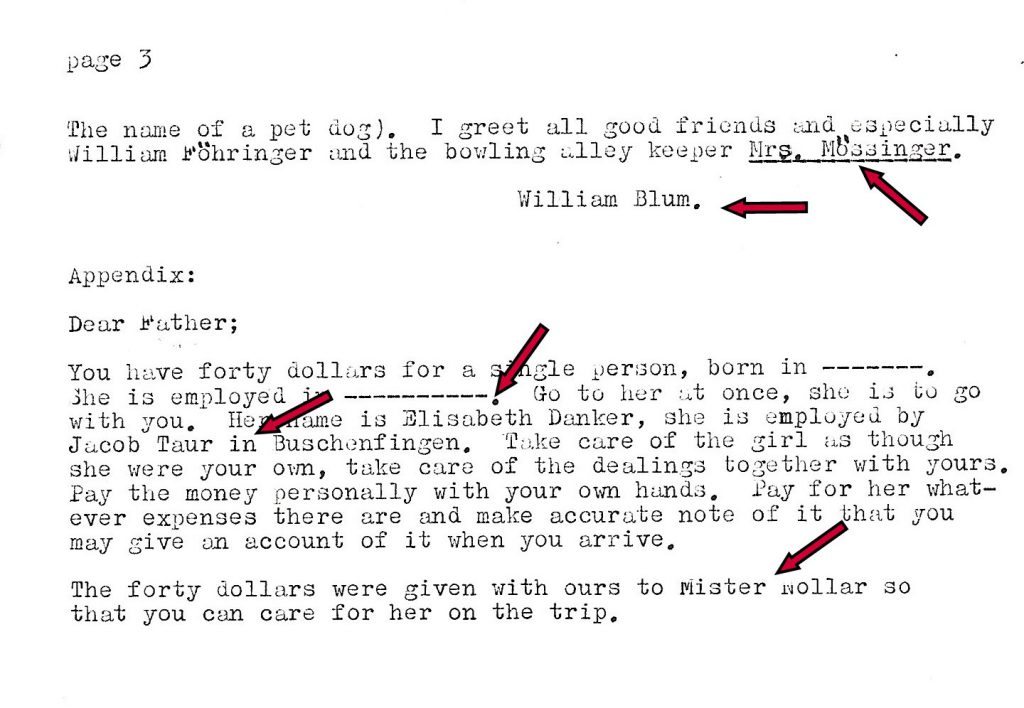
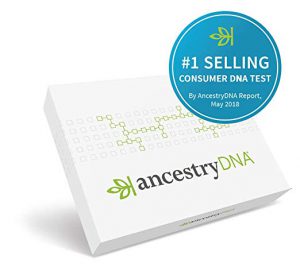
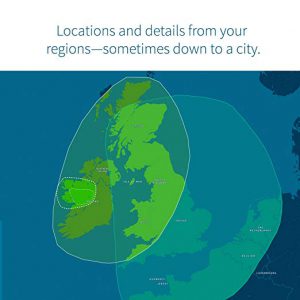 Now it’s possible to follow your ancestors’ journeys from the old world to the new with DNA testing. AncestryDNA test tell more than 190 migration stories, so you can find out if your family is Pennsylvania Dutch or Louisiana Acadian—and even when they likely reached American shores.
Now it’s possible to follow your ancestors’ journeys from the old world to the new with DNA testing. AncestryDNA test tell more than 190 migration stories, so you can find out if your family is Pennsylvania Dutch or Louisiana Acadian—and even when they likely reached American shores.